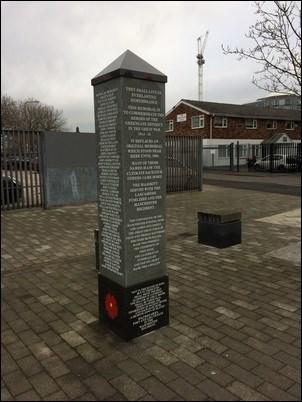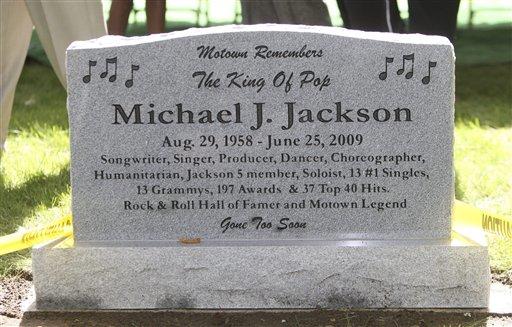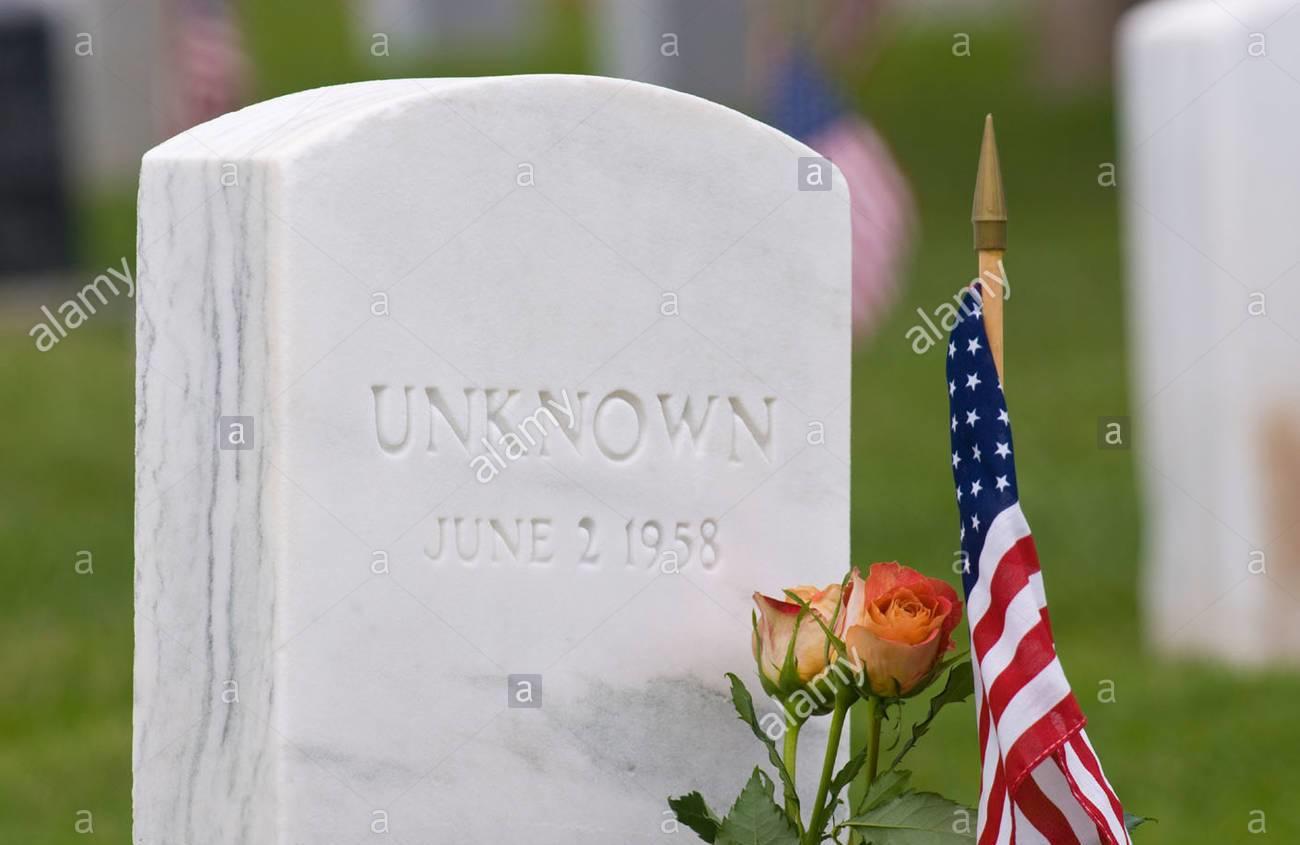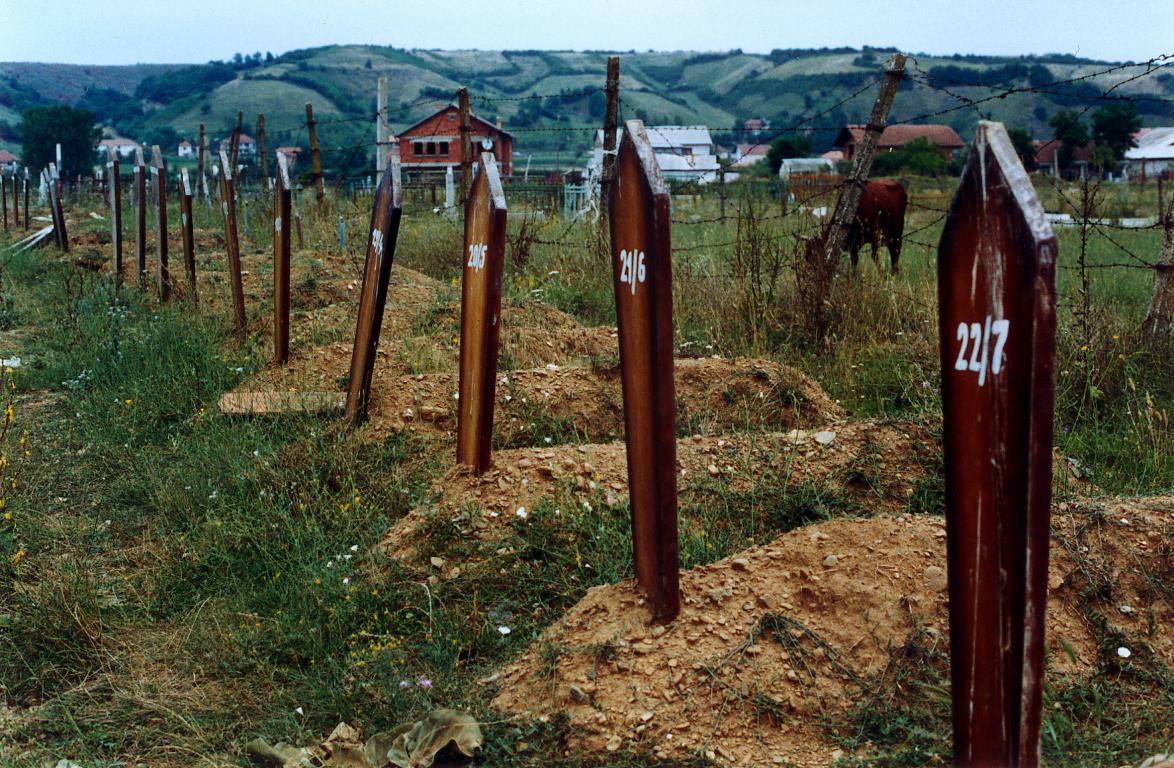Abstract
Gravestones are found in every region across the world. This paper uses several headstones to explain how they can give adequate information about people’s historical, sociological, economic, and economic past. The discussion offers meaningful insights that can guide archeologists to learn more about every society’s history.
Detailed Review
Wearne (2016) indicates that headstones have been used by many societies for centuries. They are used to remind people about their beloved ones and engage in grieving. Gravestones are usually arranged in such a way that they chronicle family lineages (Leming & Dickinson, 2010). Crematoriums and statues have been used by different communities to honor their heroes. These aspects show that headstones form a critical aspect of every community’s mourning and grieving processes. The quality of gravestones and their respective messages match the statuses of the deceased. The study of headstones and burial practices can, therefore, equip researchers with adequate information about the beliefs, traditions, and cultural aspects of different communities.
Personal Research and Analysis
Cemeteries can pass across useful information about people’s past. To begin with, the memorial for First World War heroes in Salford, United Kingdom (see Figure 1) details the issues surrounding this global upheaval. The victims who died during the period are labeled as “heroes” (“First World War memorial,” n.d.). Viewers can conclude that this period was characterized by political conflicts. This means that the historical event affected and claimed the lives of millions of people.

The gravestone of Michael Jackson (see Figure 2) reminds the viewer about the United States’ music culture. This artist was celebrated for his great works that revolutionized music. This tombstone reveals that the artist was a professional dancer, producer, songwriter, and soloist (Knoblock, 2016). These career achievements appear to echo the dreams of many artists in the country.

The end of the First World War led to numerous casualties and fatalities. Many American soldiers lost their lives even though the country emerged triumphantly. The presented headstone (see Figure 3) is a clear indication that the outcome of the war was a form of reward to Americans. Consequently, an unknown soldier has been honored for his or her contributions and efforts. The gravestone also appears to signify the country’s military and economic strengths (Wearne, 2016). This idea is augmented by the inclusion of the American flag.

The war in Kosovo claimed the lives of many innocent people. The presented grave (Figure 4) exposes the sociological issues arising from race conflicts and wars. The unmarked graves appear to have been abandoned. During the period, women and children were abused by military personnel. These graves also expose the region’s economic conditions and their impacts on people’s welfare (Ferizaj, 2015). The graves have been labeled to promote spiritual or traditional practices such as burials, mourning, and bereavement.

Personal Thoughts and Concluding Remarks
Human beings have gone through numerous challenges, pains, and obstacles over the years. Personally, the exercise has made it easier for me to appreciate that death is something unavoidable. I have understood that it can be caused by political unrest, diseases, or even social upheavals. It has also occurred to me that the use of headstones is something appreciated by societies as a way of remembering beloved persons. Unfortunately, I have realized that the processes of mourning and bereavement in every community are associated with economic, political, and social aspects. Headstones will always be used to analyze the cultural, technological, and spiritual aspects of different populations.
References
Ferizaj, A. (2015). Unidentified Serbian war criminals, and Albanian mass graves, exposed in new documentary. Web.
First World War memorial, heroes of the Greengate District, Salford, Manchester, UK. (n.d.). Web.
Knoblock, G. A. (2016). African American historic burial grounds and gravesites of New England. Jefferson, NC: McFarland & Company.
Leming, M. R., & Dickinson, G. E. (2010). Understanding dying, death and bereavement (7th ed.). Boston, MA: Cengage Learning.
Wearne, S. (2016). Epitaphs of the Great War: The Somme. London, UK: Unicorn Publishing Group.